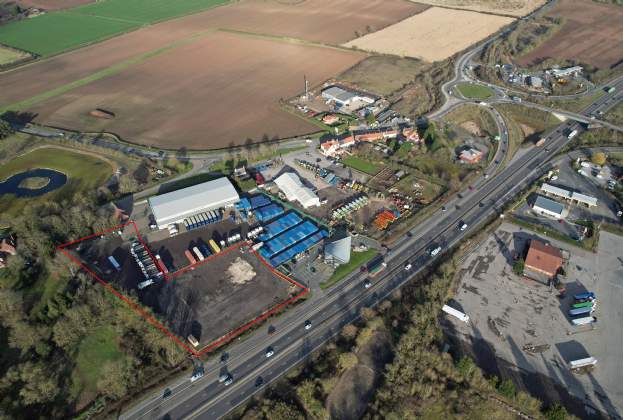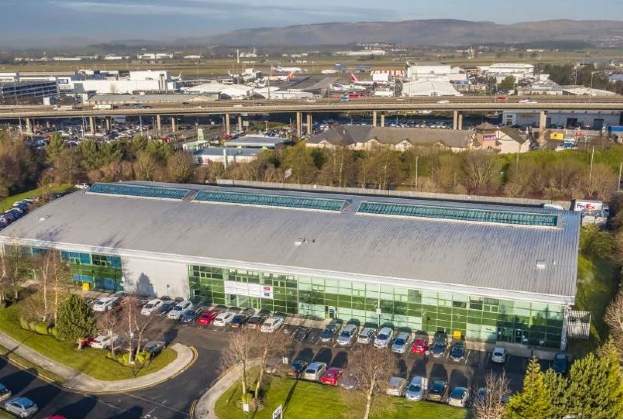When you think about what the transport of the future may look like, the imagination often conjures up visions of hoverboards and teleportation capsules. However with Hyperloop technology (the name first coined to describe the high-speed underground vacuum tube-based transport network being designed by Tesla and now used to described similar transport innovations) soon to become a reality, this isn’t quite as far-fetched as we once thought.
The rise of e-commerce has caused a seismic shift in UK retail, which in turn has had a significant impact on the freight and logistics industry. Data from Retail Economics demonstrates that total online retail sales are forecast to hit £98.5 billion by 2022, equating to 24.5 per cent of purchases being made online.
As online retailers continue to compete for our cash, there has been a change in attitude from consumers. No longer is a week an acceptable amount of time to wait for your package – both next-day and even same-day delivery is now considered the norm – but what impact is this having on our warehouse space and transport infrastructure?
Road, air and rail, which have all traditionally been used to transport goods, are under increasing strain, but there are now a number of new innovations that are set to transform the sector for good. Hyperloop technology is likely to be one of the most popular solutions to address the multiple environmental and infrastructural challenges caused by the explosive demand for freight transportation.
One example of this is DP World Cargospeed, a joint venture between Virgin Hyperloop One and DP World. This is a cargo system which supports the ‘fast, sustainable and efficient delivery of cargo at high speed, while maintaining costs similar to that of trucking’.
Essentially, parcels would be passed at rapid speeds through a pipeline network connecting distribution and consolidation centres, allowing for 24/7 access to transportation. This would improve flexibility, reliability, reduce costs and – most importantly perhaps – take a significant number of HGVs off the road. Research suggests that a full-scale rollout of this network would save millions of tonnes of CO2 emissions from entering the atmosphere annually.
Magway, another innovative solution, recently won government funding for its revolutionary delivery pipeline. Described as a ‘delivery utility’, the firm helps to transport parcels from distribution and consolidation centres via underground pipelines similar to those used by water, gas and electricity companies.
With its first proposed link spanning from London to Milton Keynes and beyond, it has the potential to transport more than 600 million parcels a year. This should enable warehouses to gain extra distribution range while providing faster and cheaper movement of goods.
What would the impact of this be for warehouse developers and landlords? Warehouses close to the Hyperloop network could command higher rents as operational costs become less for the tenants of such buildings. Lease lengths could also increase as occupiers look to secure access to the new network.
Although the idea of goods being whizzed continuously through rapid underground systems seems like something out of a sci-fi movie for now, it’s becoming increasingly apparent that the creation of a high-speed supply chain network will be vital if we want to receive our packages on time.
Further information
Read more: Spotlight: Big Shed Briefing



.jpg)
.jpg)

.jpg)

.jpg)

.jpg)